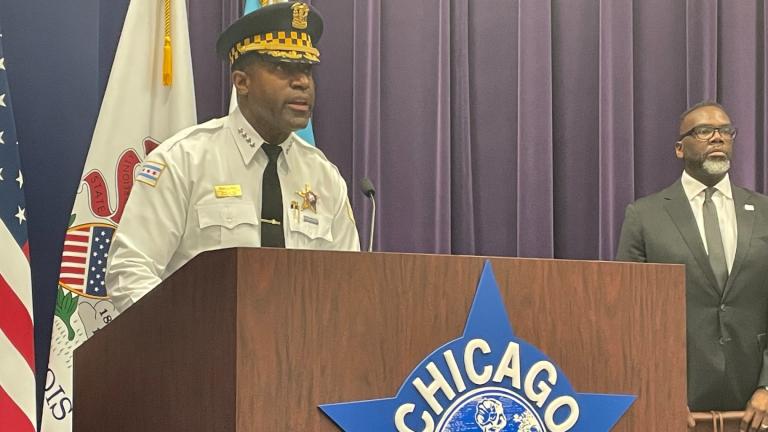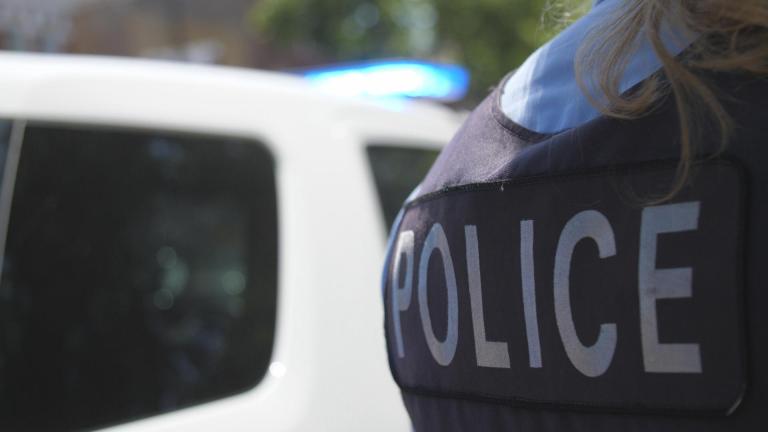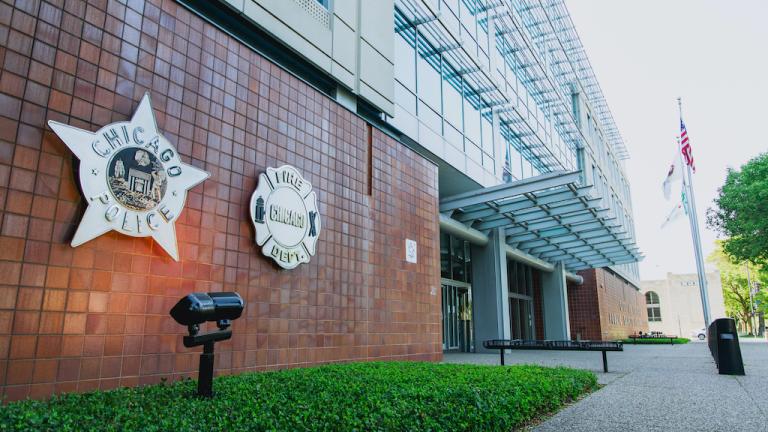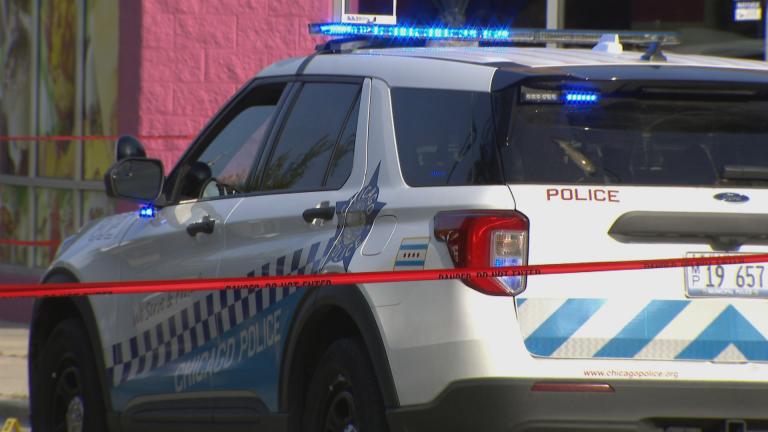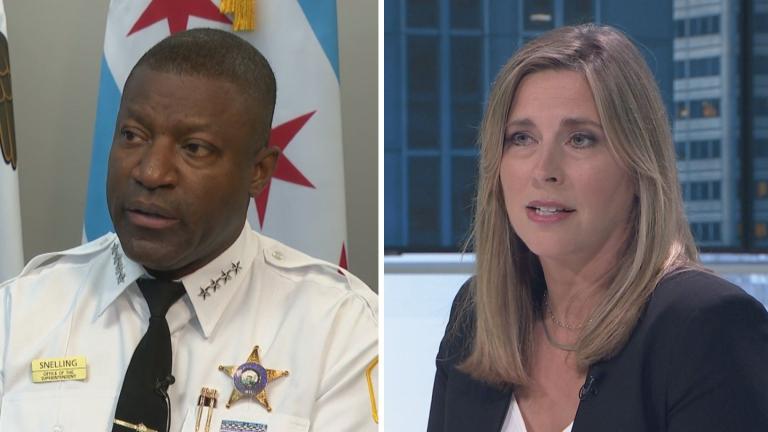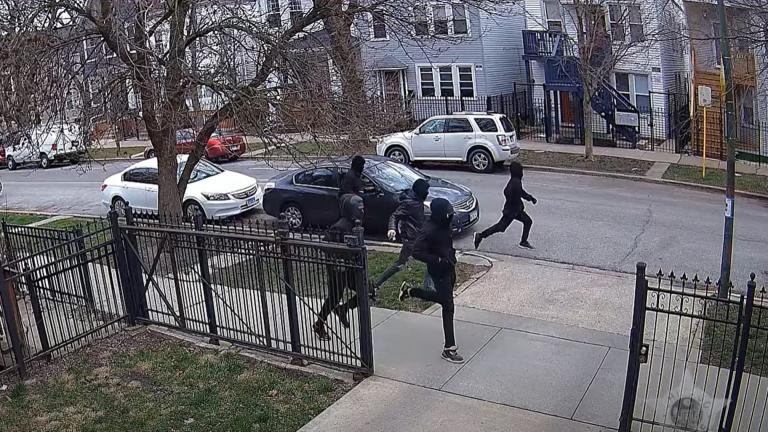 (Chicago Tonight)
(Chicago Tonight)
Shootings are down in Chicago this year compared to 2016. Even though 2017 totals already exceed those from every other year since at least 2010, local officials are touting the effectiveness of predictive technology they believe helps them get out ahead of shootings before they occur.
Mayor Rahm Emanuel and Chicago Police Department Superintendent Eddie Johnson on Thursday announced the opening of the city’s latest Strategic Decision Support Center along with the expansion of predictive technology and analytical tools in the Ogden Police District on the city’s West Side.
“While we’re only in the first year of this program, we’ve seen promising signs that utilizing this technology to make us more predictive in our deployments and faster in our response times, is actually helping us to reduce crimes across the city,” Johnson said during a press conference.
“While we have a great deal of work ahead of us, it’s certainly heading in the right direction.”
Already operating in five other districts, the support centers act as “hyperlocal” intelligence hubs that police believe support a predictive deployment of officers. This is possible through the collection and use of real-time crime data analytics such as video surveillance and gunshot detection known as ShotSpotter.
Those monitors are planted on poles throughout a district, detect gunshots and then send signals to a dispatcher monitoring area activity at a police station. It can hear those shots and within 30 seconds relay the location within 25 yards to officers in the SDSC.
In districts where these so-called nerve centers have been implemented, shootings are down 23 percent compared to 2016, and homicides are down 17 percent, according to the CPD.

In Englewood, where the technology was first deployed, there have been about 135 fewer shootings this year compared to 2016, Johnson said. That’s a 44-percent drop, and a 23-percent drop over 2015 totals.
Still, more than 3,000 people have been shot in Chicago so far this year, according to Chicago Tribune data. In 2015, 2,800 people were shot; 2,300 were shot in in 2013. With more than 570 homicides through 10 months, 2017 is already the second-deadliest year since 2010.
Thursday’s announcement is part of an ongoing technology rollout through the department. It also comes a week after Emanuel released his 2018 budget proposal in which he called for additional “technology and training” and another wave of CPD hires to compete his plan of adding 1,000 new officers.
The mayor spoke about additional Taser training and earlier this month, CPD officials said they plan to finish equiping every officer in the city with a body camera ahead of schedule by the end of the year.
“This technology allows the Police Department to go from a reactive to a proactive strategy,” Emanuel said, describing the ASDSC as a cross between intelligence and intuition. “In the past, it was if there is a shooting, where is the next shooting going to be? Our goal now … is to actually stop the first shooting happening in the first place.”
Follow Matt Masterson on Twitter: @ByMattMasterson
Related stories:
 Chicago Police Ramping Up Rollout of Largest Body Camera Program in US
Chicago Police Ramping Up Rollout of Largest Body Camera Program in US
Oct. 13: By the end of this year, the Chicago Police Department believes it will have the nation’s largest collection of officer-worn body cameras in use.
 Chicago Expands Gunshot Detecting Technology on South Side
Chicago Expands Gunshot Detecting Technology on South Side
July 25: The city is expanding its ShotSpotter program as shootings outpace last year's rate.
 Eddie Johnson Talks New Police Reforms
Eddie Johnson Talks New Police Reforms
March 14: Chicago Police Superintendent Eddie Johnson joins us to discuss his department’s new policies and the challenges facing Chicago.

